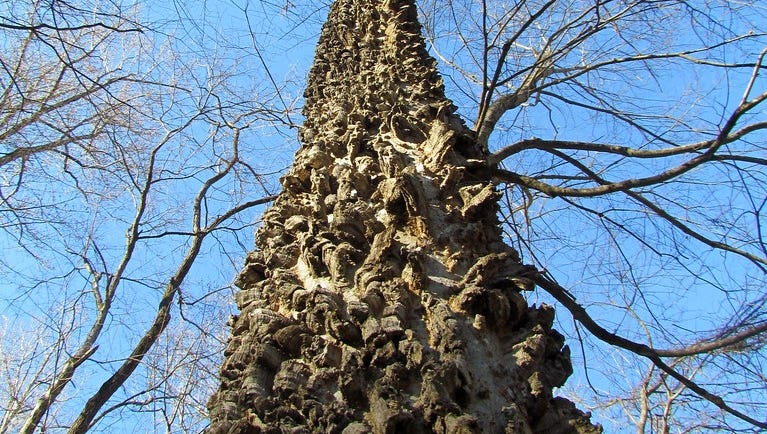hackberry tree leaves dying
Adult lace bugs have attractive wings that are beautifully sculptured with an intricate. Early leaf drop is a general sign of tree stress.

Common Hackberry Umn Extension
The foliage is elm-like and the bark is corked and warty.

. Sugarberry trees grow between 50 and 70 ft. In the past 10 to 15 years you can spot them by looking for the black sooty mold that covers everything under them from the infestation of the invasive woolly hackberry aphids Shivaphis celti. It produces bumpy grayish bark and dark green simple foliage with low-hanging.
Reports of observations in other parts of Iowa are encouraged. The tree can be spotted by the semi-smooth grey bark with warts up and down the trunk. An unusual and unexplained defoliation of hackberry trees has been reported around central Iowa during the past week.
Why is my hackberry tree losing some of its new leaves. The leaves are dull green to glossy with a network of veining and serrated except at their base. But if you dont have a tree that naturally loses its leaves in spring your tree could have an infection.
Common hackberry sugarberry nettle tree beaverwood northern hackberry. When the leaves on a tree are seriously. The leaves in the tree are also vital in indicating if it is dead or dying.
The loss of leaves on hackberries in spring is an occasional phenomenon in Iowa and surrounding states. The browning of the hackberry Celtis occidentalis leaves is probably due to lace bugs. Reports of the problem have been confined to hackberry trees in an area from Newton to Carroll to Webster City.
Many trees however lose leaves in their seasonal cycle. Trees most commonly affected are hackberry sycamore and oak. 15 - 21 m tall and 30 to 80 ft.
If the majority of leaves look green and healthy then your tree will still be able to photosynthesize and if it is generally healthy should recover with good tree care practices. On good bottomland soils it grows fast and may live to 20 years. Hackberry Celtis occidentalis is a widespread small to medium-size tree known also as common hackberry sugarberry nettletree beaverwood north ern hackberry and American.
Even though this may not be a straight answer to a dead tree yet its a direct way of indicating a dying tree. Hackberry Leaf Drop. The hackberry tree typically grows at a medium to fast rate.
This aphid winters in the hackberry and has multiple. Also known as American hackberry common hackberry Celtis occidentalis is a fast-growing member of the elm family that typically grows to a height of about 70 feet with. Lace bugs are sap feeding insects commonly found on the leaves of shade and ornamental trees in Iowa.
Hackberry trees also bear ¼-inch 6 cm sized dark purple pitted fruit drupes that are valuable food sources through the late winter months for a variety of bird species including flickers cardinals cedar waxwings. The most popular theory is that cold spring temperatures. The tree grows in hardwood forests and limestone ground in its native habitat.
Some trees tend to hang on to a portion of their leaves through the winter making spring leaf drop perfectly normal. The hackberry tree or Celtis occidentalis is a vigorously growing member of the elm family. Hackberry trees are classified in the elm or hemp family.
Growers can expect height increases of anywhere from 13 to upwards of 24 per year. The exact cause has never been determined. Hackberry Celtis occidentalis is a native tree of the US and is also known as common hackberry and nettletree.
Hackberry Tree Problems. Also called the sugar hackberry the sugarberry tree is a native medium-sized tree with pointed leaves small clusters of greenish flowers and reddish-purple edible fruit. In past years no association was found between the leaf drop and insects or diseases.
The leaves in the tree are also vital in indicating if it is dead or dying. We usually think of fall as the season for shedding but there are a few tree species that go against the grain. This could be caused by drought or heat stress girdling roots or a number of other stresses.
Its attractive serrated leaves range from dull green to glossy and have unequal bases and tapered ends. Hackberry has a mature height of 40 to 60 feet with a 1- to 2-foot trunk diameter. When the leaves on a tree are seriously falling off it could mean the tree is dying.
In the fall months the leaves will turn into a bland yellowish color before falling off. 10 - 24 m wide.

Common Hackberry Umn Extension

Deciduous Trees Have Decidedly Beneficial Impact On Air Pollution Deciduous Trees Tree Care Air Pollution
Hackberry Tree Leaf Drop 572264 Ask Extension

Celtis Australis Botanical Drawings Plant Illustration Botanical Illustration

Hackberry Tree Guide How To Grow Care For Celtis Occidentalis
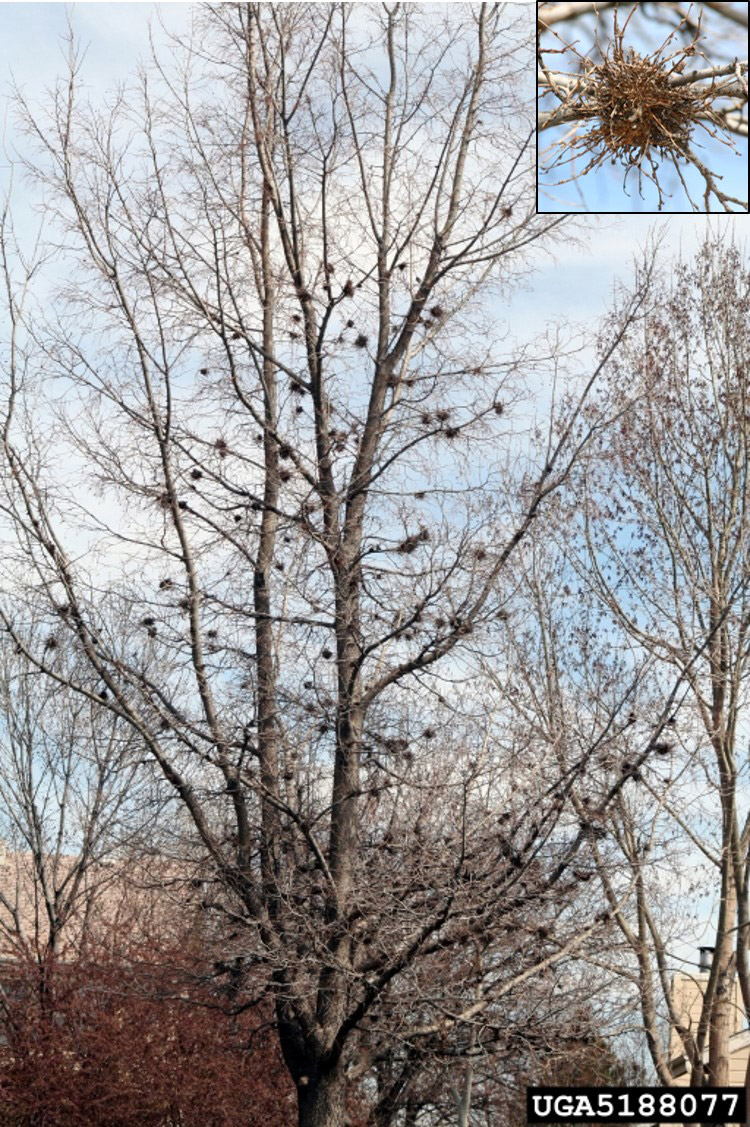
Common Hackberry Umn Extension

What S Wrong With My Plant Garden University Of Minnesota Extension
Common Hackberry Celtis Occidentalis
Hackberry Tree Has Browning Leaves R Sfwtrees
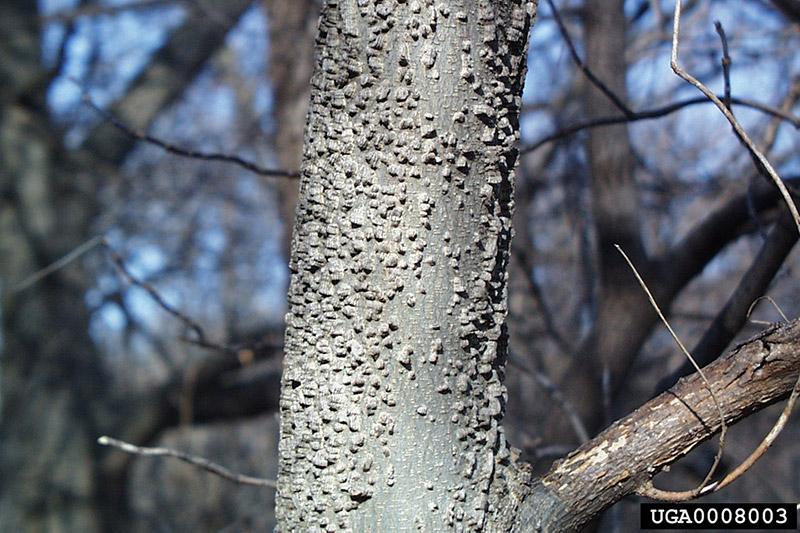
Common Hackberry Umn Extension

Ui Extension Hackberry Tree Health Youtube

Hackberry The Tree You Didn T Know Severson Dells Nature Center

Hackberry Natural Resource Stewardship

What S Wrong With My Plant Garden University Of Minnesota Extension

Hackberry A Tree Which Belongs Grimm S Gardens Hackberry Tree Tree Unique Trees
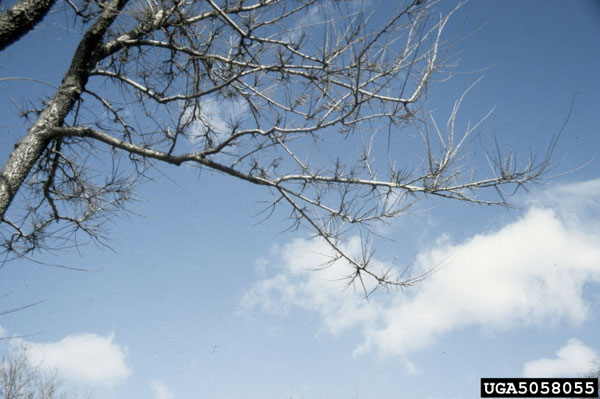
What S Wrong With My Plant Garden University Of Minnesota Extension
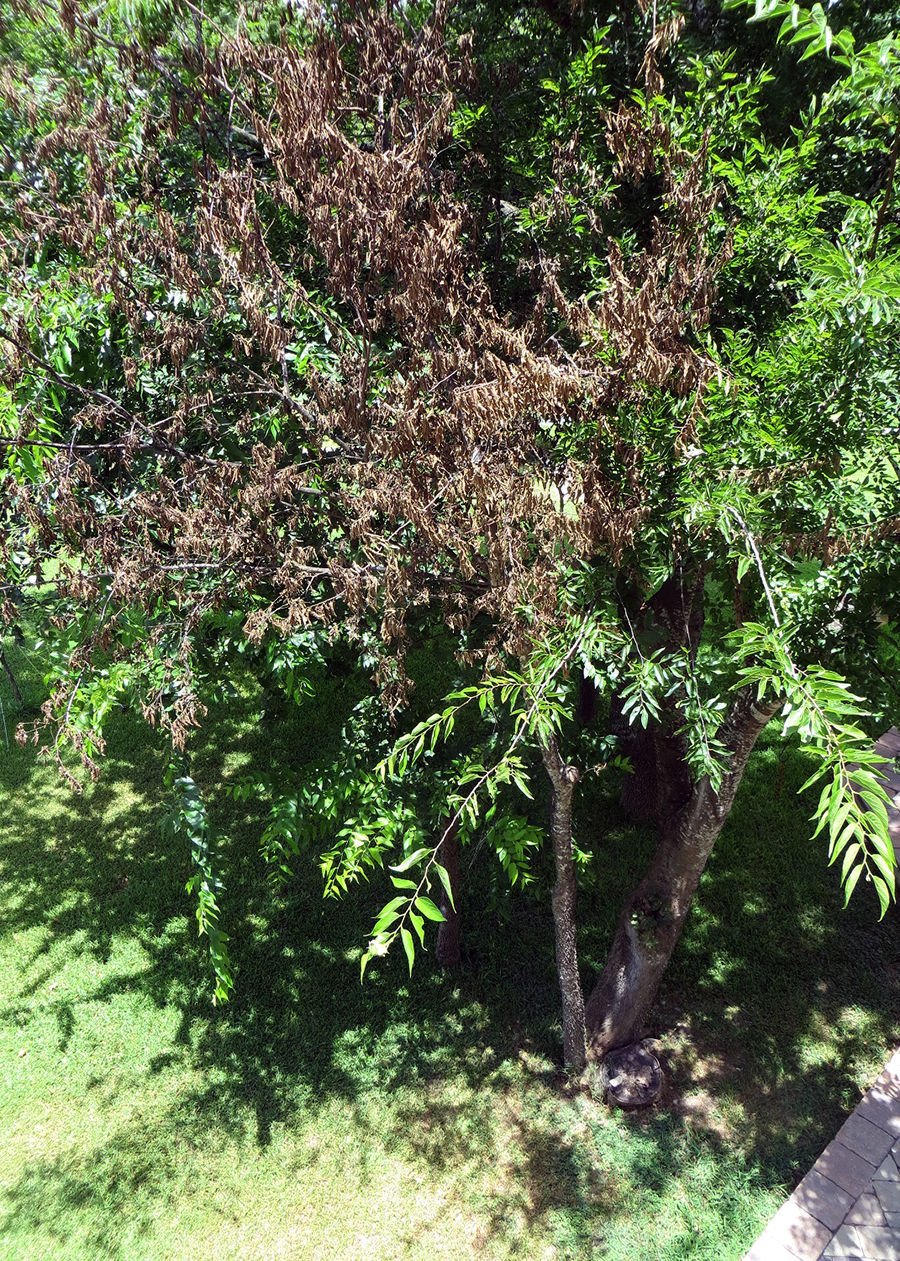
Sperry Hackberry Tree May Have Unseen Decay Latest Headlines Wacotrib Com

